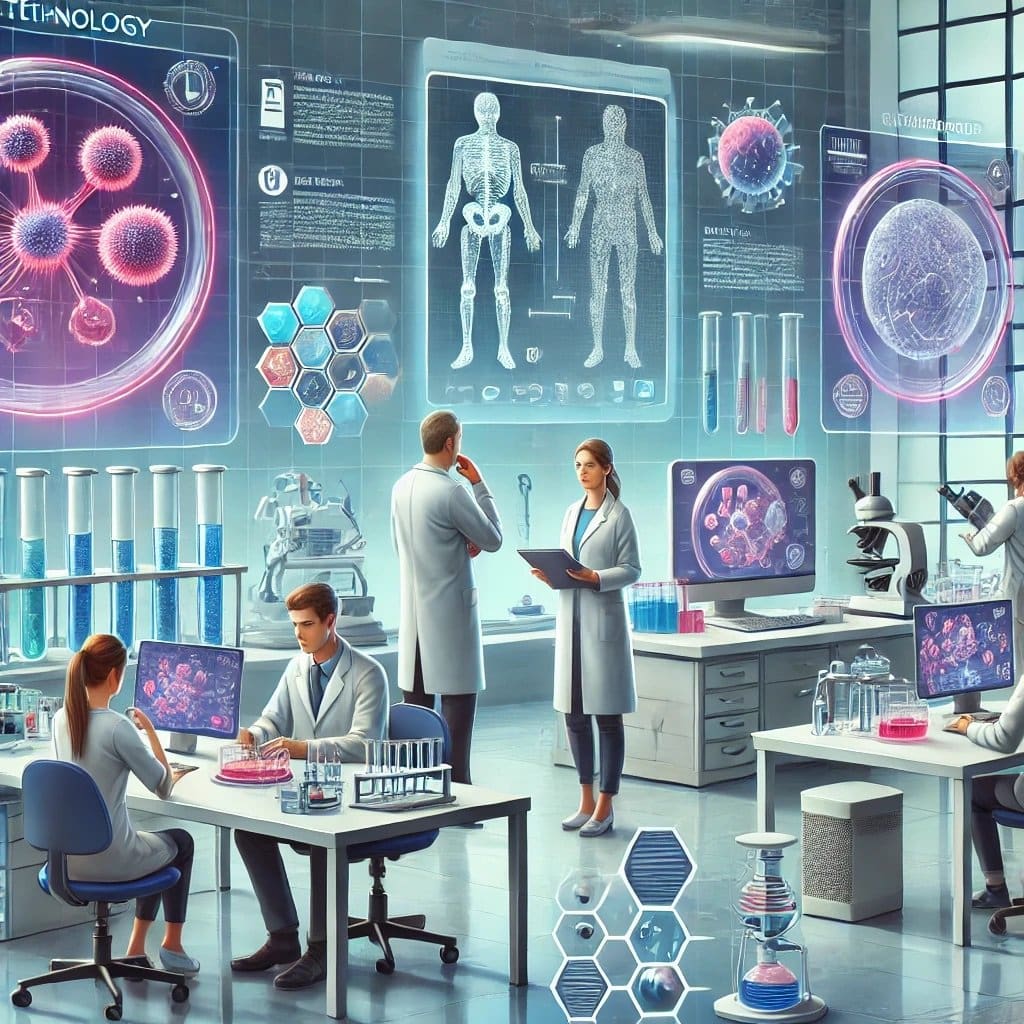Biotechnology is at the forefront of regenerative medicine, offering innovative solutions for tissue and organ regeneration. This article explores significant advancements in regenerative medicine, highlighting real-life success stories and their transformative impact on healthcare.
Understanding Regenerative Medicine
Regenerative medicine aims to repair, replace, or regenerate damaged tissues and organs using advanced biotechnological methods. This field leverages stem cells, bioengineering, and molecular biology to restore function and improve health outcomes.
Success Stories in Regenerative Medicine
1. Heart Tissue Regeneration:
- Bioengineered Cardiac Patches: Researchers have developed bioengineered cardiac patches using stem cells to repair heart tissue damaged by heart attacks. These patches can integrate with existing heart tissue and improve heart function. Clinical trials have shown that patients receiving cardiac patches experience enhanced cardiac repair and function.
2. Organ Development:
- Lab-Grown Organs: Advances in 3D bioprinting have enabled the creation of lab-grown organs. For example, researchers have successfully printed functional liver tissue that can perform essential liver functions. This breakthrough holds promise for addressing organ shortages and providing tailored treatments for liver diseases.
3. Skin Regeneration:
- Bioengineered Skin Grafts: Burn victims and patients with severe skin injuries have benefited from bioengineered skin grafts. These grafts, created from the patient’s own cells, significantly reduce the risk of rejection and accelerate healing. Notable success stories include grafts that have restored skin function and appearance in patients with extensive burns.
4. Bone Regeneration:
- Scaffold Implants: Bone injuries and defects can now be treated with scaffold implants infused with growth factors and stem cells. These scaffolds promote bone regeneration and integration with existing bone tissue. Patients with critical bone defects have shown remarkable recovery and restored functionality using these advanced implants.
How Regenerative Medicine Works
Regenerative medicine typically involves several steps:
- Cell Sourcing: Harvesting stem cells from the patient or a donor source.
- Scaffold Design: Creating a scaffold that provides structure and supports cell growth. Scaffolds can be made from natural or synthetic materials.
- Cell Culturing: Culturing cells in a laboratory to grow on the scaffold, forming new tissue.
- Implantation: Implanting the engineered tissue into the patient’s body, where it integrates with existing tissues and begins to function.
Benefits of Regenerative Medicine
- Reduced Rejection: Using the patient’s own cells minimizes the risk of immune rejection.
- Restored Functionality: Engineered tissues can restore the function of damaged organs or tissues.
- Addressing Shortages: Lab-grown tissues and organs can help address the shortage of donor organs.
Challenges and Future Directions
Despite its promise, regenerative medicine faces several challenges:
- Complexity of Human Tissues: Replicating the complex structure and function of human tissues and organs is a significant challenge.
- Regulatory Approvals: Gaining regulatory approval for new therapies can be complex and time-consuming.
- Cost: The cost of developing and implementing regenerative therapies can be high, limiting accessibility for many patients.
Ongoing research and technological advancements continue to address these challenges, paving the way for more effective and accessible regenerative medicine solutions.
Conclusion
Regenerative medicine represents a frontier in healthcare innovation, offering new hope for patients with damaged or failing tissues and organs. Success stories in heart tissue regeneration, lab-grown organs, skin grafts, and bone regeneration underscore the transformative potential of these technologies. As research progresses, regenerative medicine is poised to become an integral part of modern medicine, enhancing the quality of life and providing solutions to previously untreatable conditions.
